Introduction
Agriculture has been the backbone of civilization for centuries. However, with increasing global demand for food, labor shortages, and the need for more sustainable farming practices, traditional agricultural methods are facing significant challenges. Enter agricultural robotics – an innovative field where AI-powered robots are transforming precision farming, harvesting, and crop health monitoring.
Today, farmers are adopting smart farming solutions that integrate artificial intelligence (AI), machine learning, and automation to increase efficiency, reduce costs, and improve crop yields. From robotic harvesters to AI-driven drones monitoring vast farmlands, agricultural robotics is revolutionizing the way we cultivate food.
In this article, we will explore how AI-powered robots are reshaping modern agriculture, the latest technologies driving this transformation, and what the future holds for the agricultural sector.
1. The Rise of AI in Agriculture
Artificial intelligence and robotics are playing an increasingly important role in precision farming, a method that uses data-driven decision-making to optimize resource use. This approach allows farmers to:
✔ Reduce water and fertilizer waste ✔ Improve crop quality ✔ Automate labor-intensive tasks ✔ Monitor plant health in real time ✔ Increase overall farm productivity
With AI-powered sensors, drones, and autonomous machines, agriculture is shifting from traditional, labor-intensive methods to a technology-driven future.
2. Key Agricultural Robotics and Their Applications
Let’s take a look at some of the most advanced agricultural robots and their applications in modern farming:
🔹 AI-Powered Harvesting Robots
Harvesting crops is one of the most labor-intensive aspects of farming. Robotic harvesters are designed to pick fruits, vegetables, and grains with high precision and speed, reducing reliance on human labor.
✔ Example: Agrobot E-Series – A strawberry-picking robot that uses AI-driven vision systems to detect ripeness and pick only the best fruits.
✔ Example: FFRobotics – A robotic harvesting system capable of picking apples, oranges, and other tree-grown fruits with mechanical arms.
🔗 Learn more: https://www.agrobot.com
🔹 Autonomous Tractors and Farm Machinery
Farmers can now rely on self-driving tractors and AI-powered farm machinery that perform plowing, seeding, and soil management with extreme precision.
✔ Example: John Deere’s Autonomous Tractor – Uses GPS, computer vision, and AI to navigate fields and optimize farming tasks.
✔ Example: Monarch Tractor – A fully electric and driver-optional tractor equipped with sensors and AI-driven automation.
🔗 Learn more: https://www.deere.com
🔹 AI-Driven Drones for Crop Monitoring
Drones equipped with AI and multispectral imaging are helping farmers analyze plant health, detect diseases, and monitor irrigation levels in real time.
✔ Example: DJI Agras T40 – A drone specifically designed for precision spraying and crop monitoring.
✔ Example: Sentera Crop Health Monitoring Drones – AI-powered drones that provide real-time data on soil conditions, crop growth, and pest infestations.
🔗 Learn more: https://www.dji.com/agras
🔹 Weed and Pest Control Robots
AI-driven robots can detect and remove weeds without using herbicides, making farming more eco-friendly.
✔ Example: Carbon Robotics’ LaserWeeder – A robot that uses AI and laser technology to precisely target and eliminate weeds.
✔ Example: Ecorobotix – A solar-powered weeding robot that applies herbicide only where needed, reducing chemical use by up to 90%.
🔗 Learn more: https://carbonrobotics.com
🔹 AI-Powered Soil and Weather Analysis
Farmers can now use AI-powered sensors to analyze soil health, track moisture levels, and predict weather patterns to make informed farming decisions.
✔ Example: Arable Mark 2 – A climate monitoring system that collects real-time data on rainfall, temperature, and soil moisture.
✔ Example: The Plantix App – Uses AI to diagnose crop diseases and provide real-time solutions for farmers.
🔗 Learn more: https://www.arable.com
3. Benefits of Agricultural Robotics
AI-powered agricultural robots offer several game-changing benefits, including:
✅ Increased Efficiency – Robots work faster and more accurately than human labor. ✅ Cost Reduction – Reducing reliance on labor lowers operational costs. ✅ Sustainability – Smart irrigation and targeted pesticide use reduce environmental impact. ✅ Higher Yields – Real-time monitoring and data analysis help optimize growth conditions. ✅ Improved Food Security – AI-driven precision farming enhances food production and quality.
4. Challenges and Ethical Considerations
Despite their advantages, AI-powered agricultural robots face challenges such as:
🔸 High Initial Costs – Advanced robotics require significant investment, making them less accessible for small-scale farmers. 🔸 Data Privacy Concerns – AI-driven farm analytics collect vast amounts of sensitive data. 🔸 Job Displacement – The rise of automation could reduce demand for traditional farm labor. 🔸 Technology Dependence – Over-reliance on AI systems may pose risks in case of failures or cyberattacks.
5. The Future of Agricultural Robotics
As AI and machine learning continue to advance, the future of agricultural robotics looks incredibly promising. Some expected innovations include:
🔹 Fully Autonomous Farms – AI-driven robots managing entire farms with little to no human intervention. 🔹 AI-Powered Greenhouses – Climate-controlled greenhouses using AI to optimize plant growth and sustainability. 🔹 Blockchain Integration – Ensuring transparency in the food supply chain through AI and blockchain technology. 🔹 Nano-Robots in Agriculture – Tiny robots designed for micro-level monitoring and soil improvement.
With these developments, agriculture is heading toward a future where AI-powered robots will make farming smarter, more efficient, and more sustainable.
6. Conclusion
The integration of AI and robotics in agriculture is transforming farming from a traditional practice to a highly advanced, data-driven industry. From AI-powered drones to robotic harvesters, these technologies are making farming more efficient, cost-effective, and environmentally sustainable.
While challenges remain, ongoing advancements in agricultural robotics will continue to revolutionize food production, ensuring food security for future generations.
The question is not whether robots will change agriculture, but how quickly farmers can embrace this transformation.
References:
- John Deere Autonomous Tractors – https://www.deere.com
- Agrobot Strawberry Harvester – https://www.agrobot.com
- Carbon Robotics Weed Removal – https://carbonrobotics.com
- AI-Powered Crop Monitoring Drones – https://www.dji.com/agras
Also Read:
Medical & Surgical Robotics – The Future of AI-Assisted Surgeries and Robotic Prosthetics 🔗
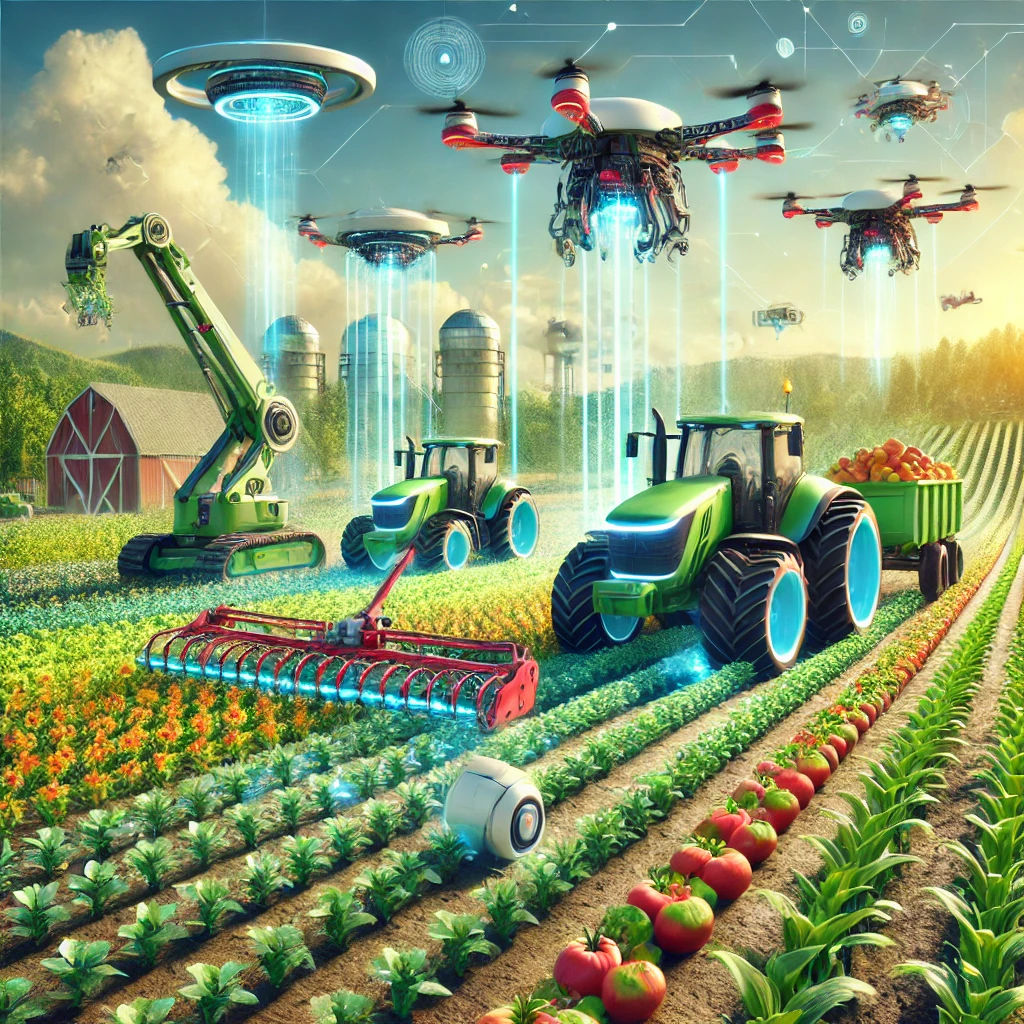


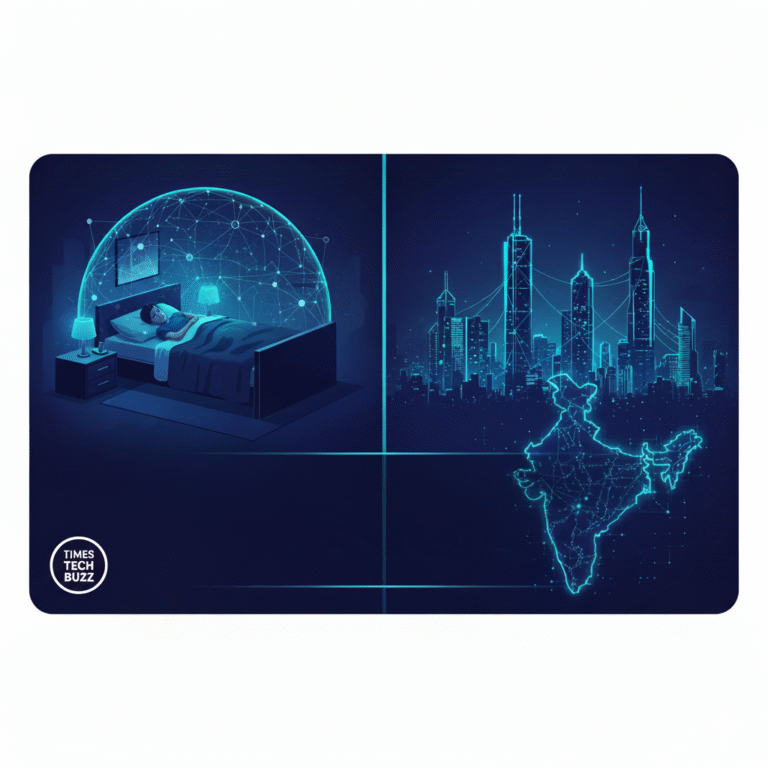

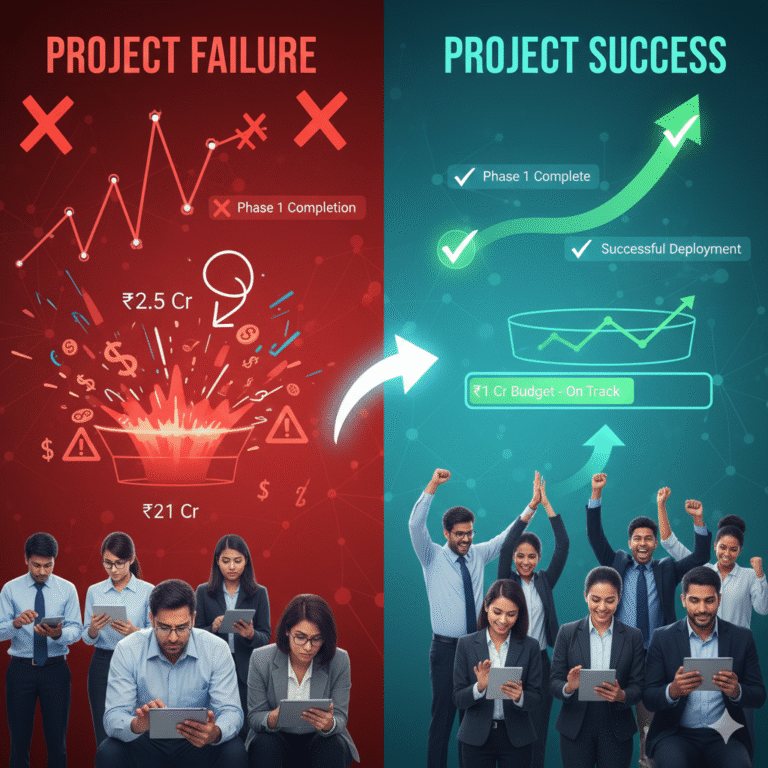

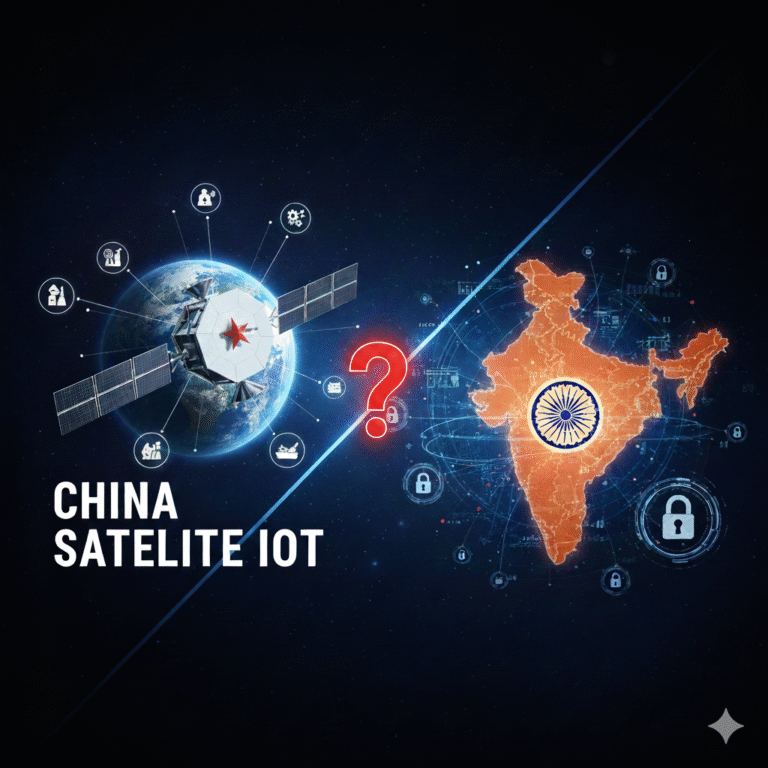
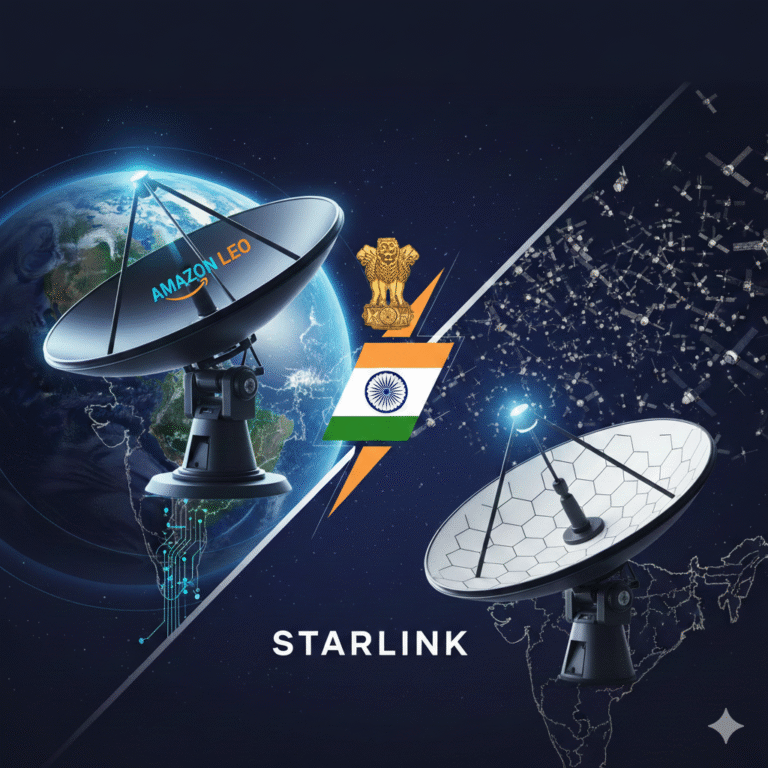

Outstanding piece! Speaking of AI classics.